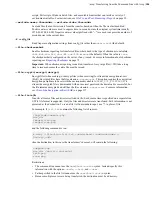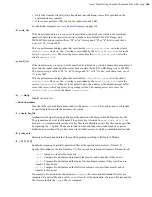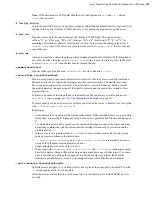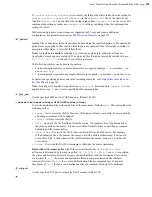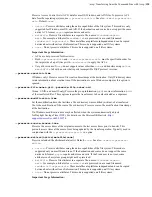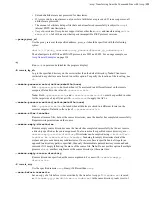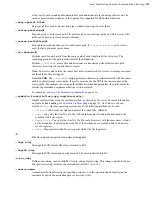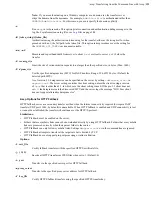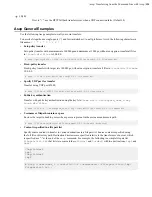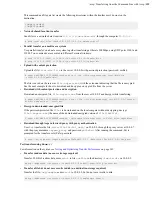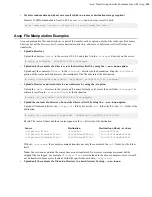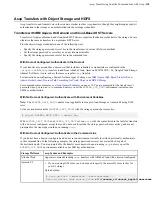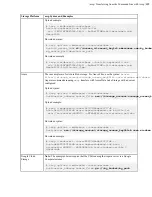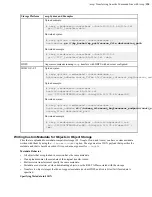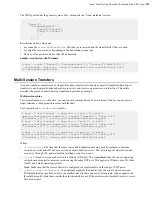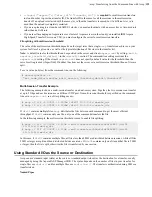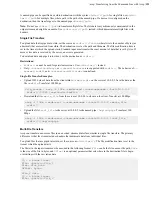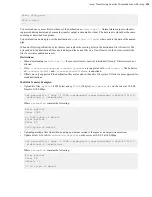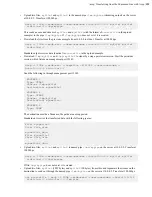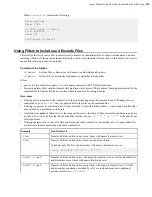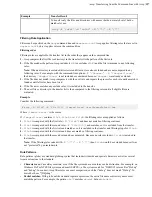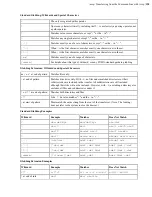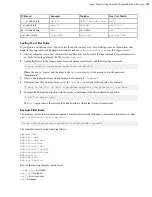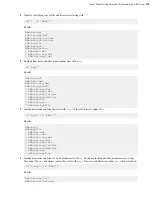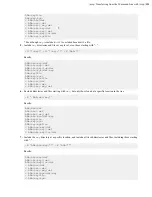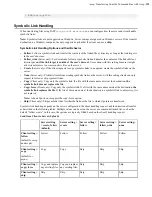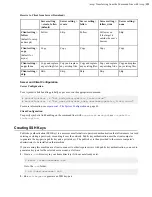
| ascp: Transferring from the Command Line with Ascp |
118
Ascp Transfers with Object Storage and HDFS
Ascp transfers to and from servers in the cloud are similar to other Ascp transfers, though they might require explicit
authorization to the storage as an authorization token or storage credentials.
Transfers with IBM Aspera On Demand and Cloud-Based HST Servers
Transfers to Aspera on Demand and cloud-based HST Servers require authorization credentials to the storage, but are
otherwise the same as transfers to on-premises HST Server.
Provide object storage credentials in one of the following ways:
• Specify the storage password or secret key in the transfer user's docroot. (Preferred method)
• Set the storage password or secret key as an environment variable.
• Specify the storage password or secret key in the command line.
With Docroot Configured: Authenticate in the Docroot
If your transfer user account has a docroot set that includes credentials or credentials are configured in the
.properties
file,
ascp
transfers to and from Alibaba Cloud, Amazon S3, IBM COS - S3, Google Cloud Storage,
Akamai, SoftLayer, Azure, and are the same as regular
ascp
transfers.
For instructions on configuring a docroot for these types of storage, see
IBM Aspera High-Speed Transfer Server
Admin Guide (Linux): Docroot Path Formatting for Cloud, Object, and HDFS Storage
For command syntax examples, see
on page 114. You are prompted for the transfer user's
password when you run an
ascp
command unless you set the
ASPERA_SCP_PASS
environment variable or use
SSH key authorization.
With No Docroot Configured: Authenticate with Environment Variables
Note:
The
ASPERA_DEST_PASS
variable is not applicable to Google Cloud Storage or Amazon S3 using IAM
roles.
Set an environment variable (
ASPERA_DEST_PASS
) with the storage password or access key:
# export ASPERA_DEST_PASS =
secret_key
With
ASPERA_DEST_PASS
and
ASPERA_SCP_PASS
set, run
ascp
with the syntax listed in the table for transfers
with no docroot configured, except that you do not need to include the storage password or access key, and are not
prompted for the Aspera password upon running
ascp
.
With No Docroot Configured: Authenticate in the Command Line
If you do not have a docroot configured and do not set an environment variable (described previously), authenticate
in the command line. In the following examples, the storage password or secret key are included as part of
the destination path. You are prompted for the transfer user's password upon running
ascp
unless you set the
ASPERA_SCP_PASS
environment variable or use SSH key authorization.
Storage Platform
ascp Syntax and Examples
Alibaba Cloud
Aspera recommends running
ascp
transfers with Alibaba Cloud with a docroot configured.
Amazon S3
• If you are using IAM roles, you do not need to specify the access ID or secret key for
your S3 storage.
Upload syntax:
# ascp
options
--mode=send --user=
username
--
host=
s3_server_addr
source_files
s3://
access_id
:
secret_key
@s3.amazonaws.com/
my_bucket

